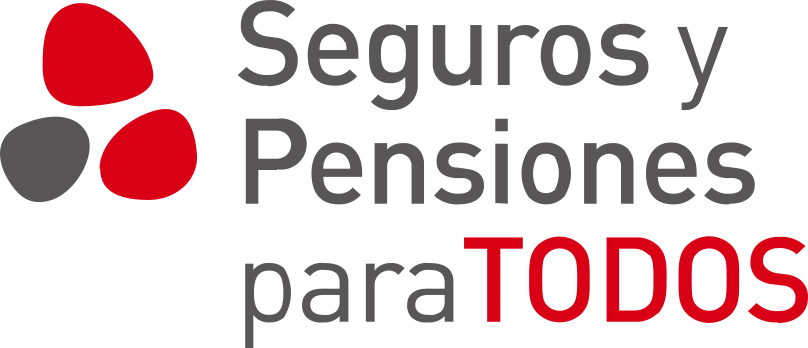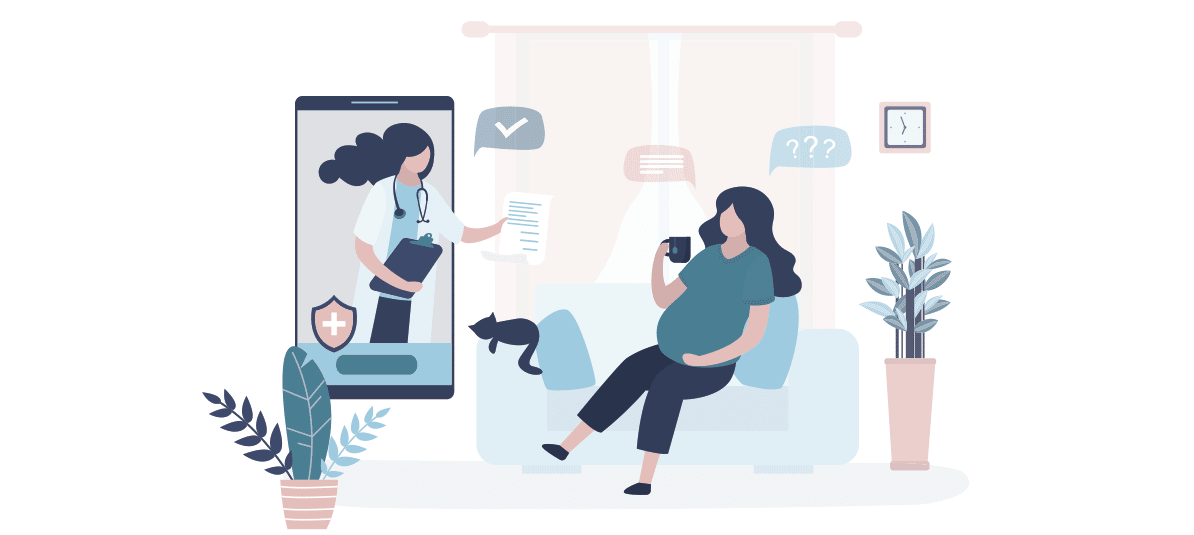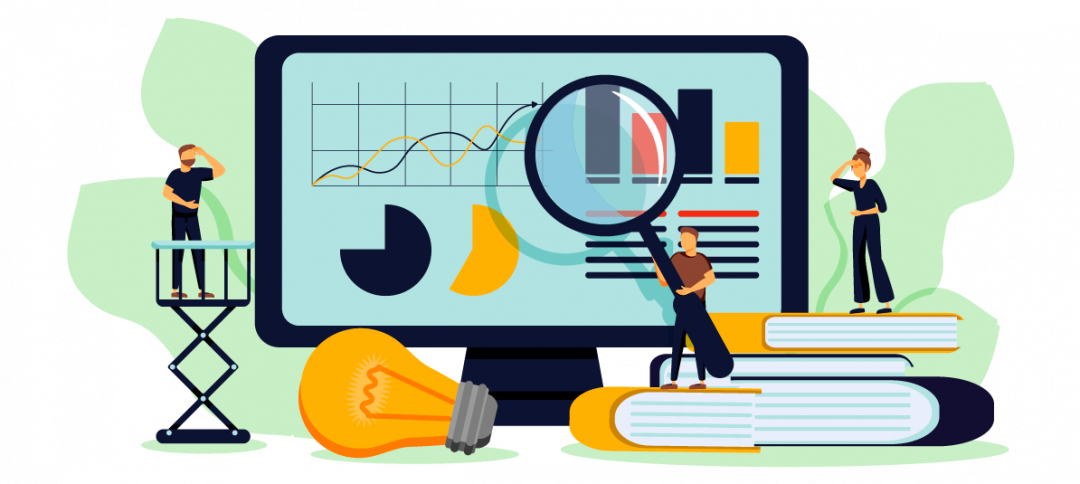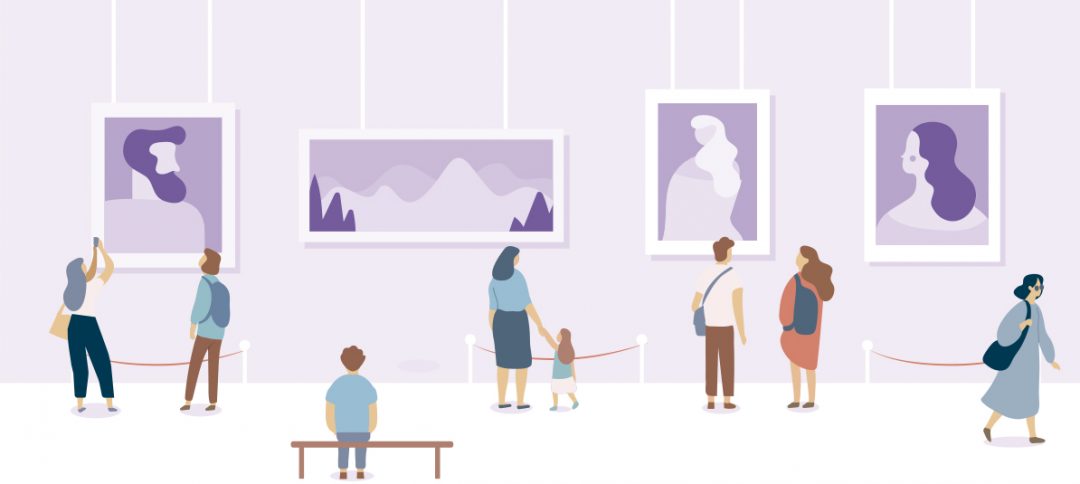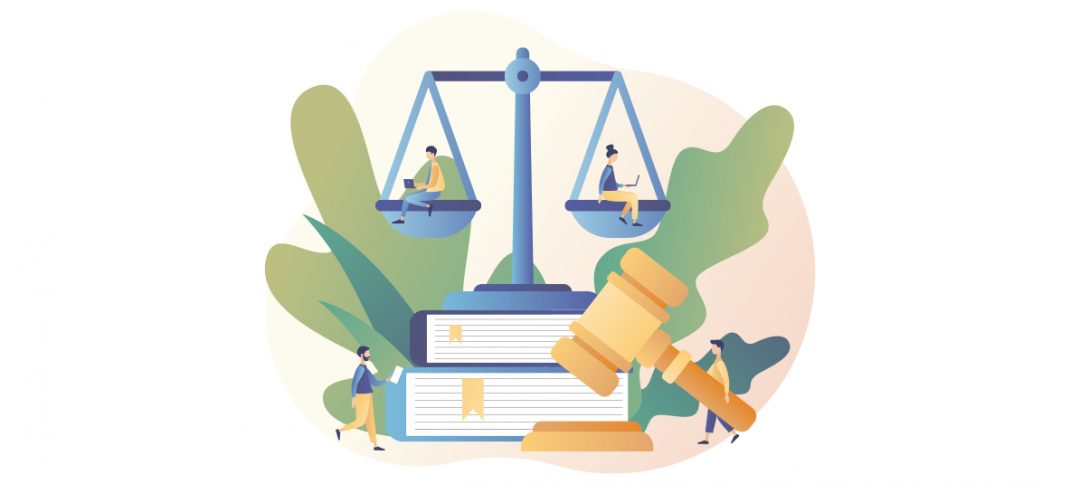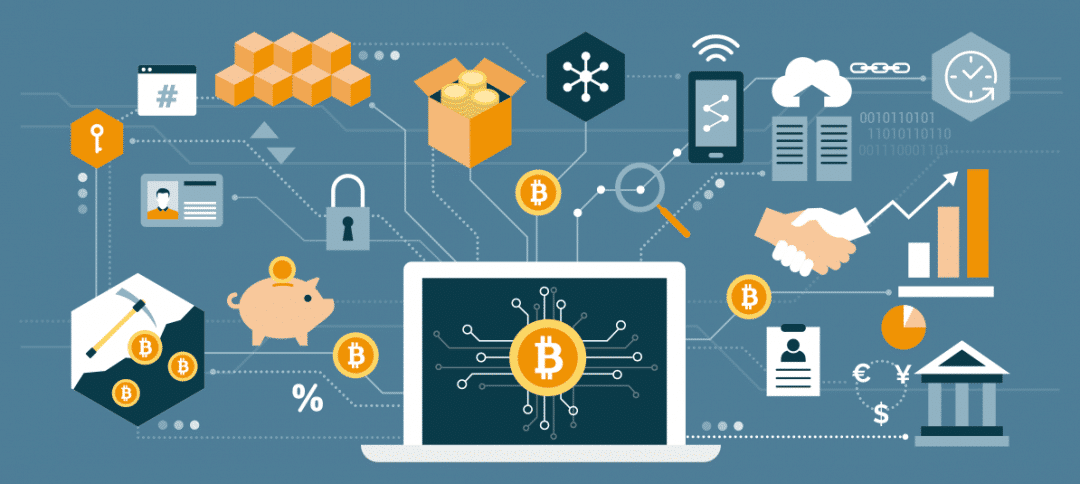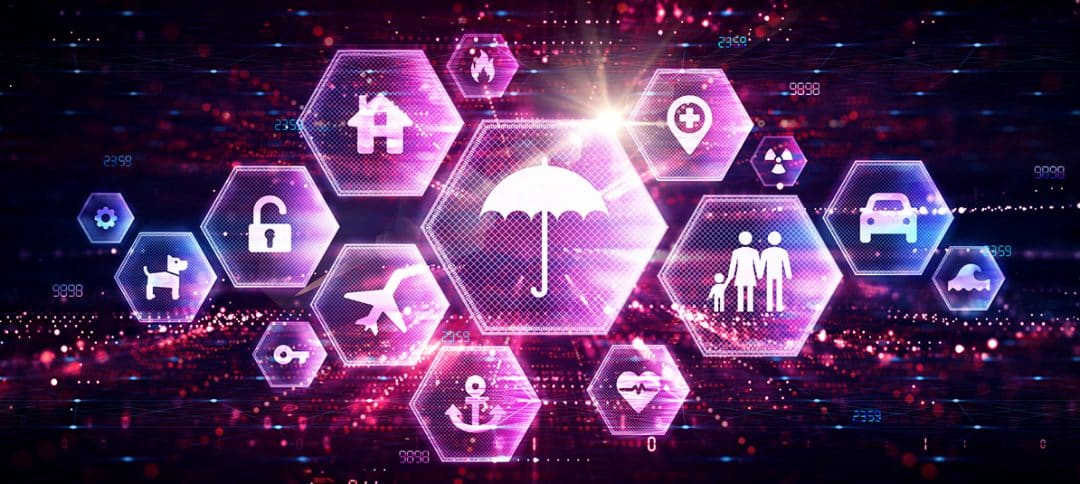According to the Andalusian Council of Medical Associations, “It can be defined as the remote provision of a medical care service carried out by health professionals through Information and Communication Technologies (ICT), with the aim of providing clinical care to patients, preventing illnesses and injuries, and providing health education. It is not an end in itself, but an instrument to facilitate healthcare when it cannot or should not be provided in person.”
Remote care can be as effective as face-to-face care when it comes to diagnosing, treating and preventing diseases. Moreover, it is considerably more convenient for users. Obviously, some conditions cannot be treated virtually, as they require a physical examination; however, even on these occasions, telemedicine can act as a first line of defence: if the healthcare professional detects a problem, they can refer the patient directly to a specialist and even authorise diagnostic tests online.
Many insurance companies already offer this service as part of their health insurance policies. The aim is to adapt to the pace of life of the insured individuals: all they need is an electronic device such as a tablet or smartphone that allows them to connect with their family doctor or a specialist. It is important to ensure that the medical specialities and professionals we are interested in offer this type of care under the insurance policy we have taken out (sometimes, telemedicine does not cover the entire medical directory or all specialities).
Administrative procedures
In addition to the advantage of not having to go to a health centre to carry out administrative formalities (collect tests, referral notes, prescriptions, etc.), another advantage is that you can monitor treatment progress without having to leave your home. Some insurers even offer an emergency service through this modality. Additionally, many insurers use telemedicine to develop prevention and awareness programmes through these platforms.
Technology
The technology typically used to provide this kind of service is:
- Videochat or video calls via a computer or smartphone that allow the patient and their doctor or nurse to see each other and talk to one another in real time.
- Devices that can be connected via the Internet to check blood levels or blood pressure. This is also referred to as remote patient monitoring (RPM).
- Online patient interfaces that allow the patient and doctor to send and receive messages. It is also possible to view test results, current prescriptions, upcoming appointments and information shared by the healthcare team.
24 hours a day, 7 days a week
The way we do things is no longer the way it was. Immediacy and availability are values on the rise. That is why many of the services accessible through telemedicine are available 24 hours a day, 365 days a year, ensuring that users receive assistance when they need it. Simply download an app onto your mobile phone and you will have experts in General Medicine at your fingertips to assist you with more general consultations, while specialists will take care of your physical and mental health.
